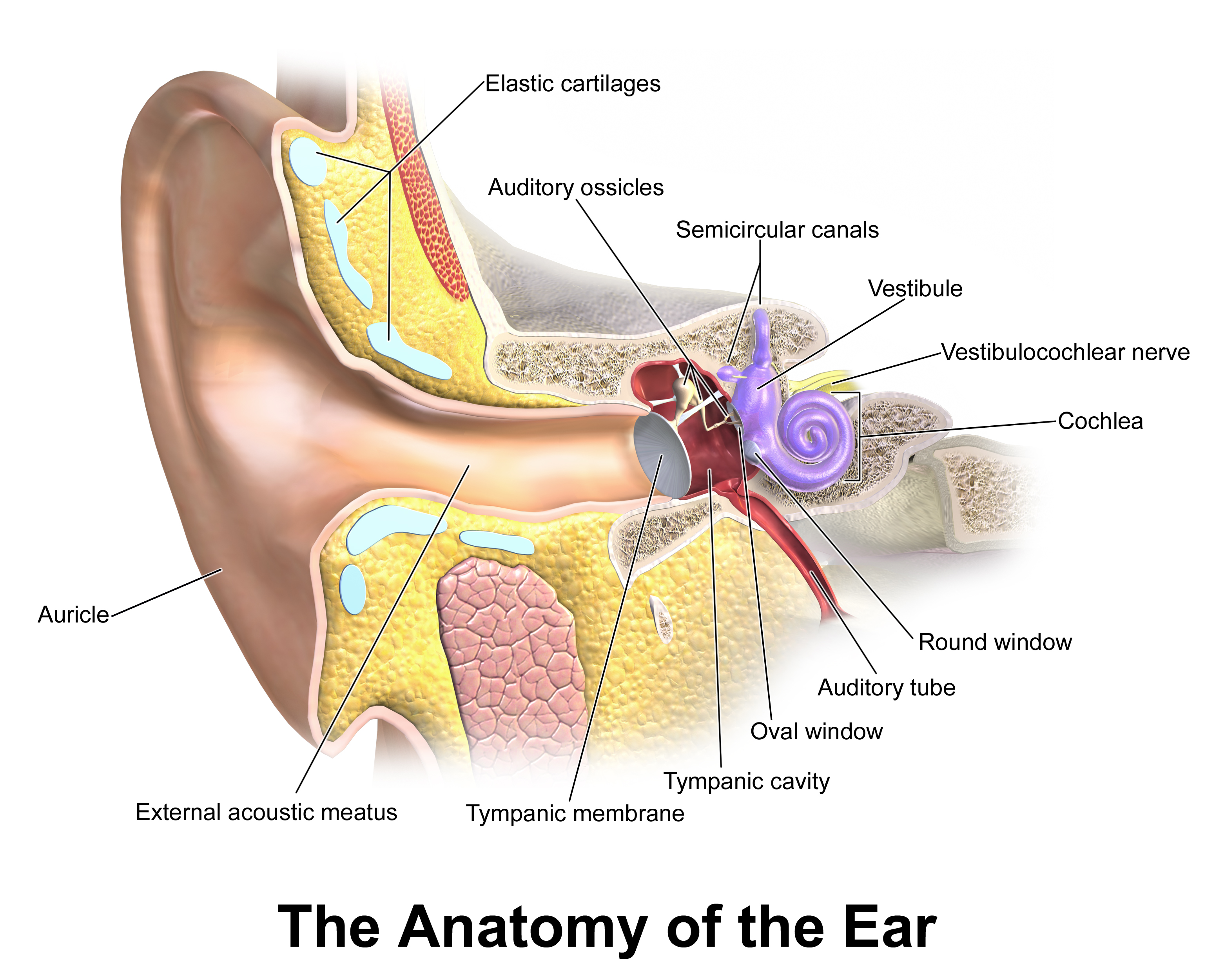We all procrastinate, regularly talking ourselves out of complex or unpleasant activities in favor of something more pleasing or fun. Distractions abound as we tell ourselves that we will some day get around to whatever we’re currently working to avoid.
Sometimes, procrastination is relatively harmless. We might plan to clear out the basement, for instance, by throwing out or donating the items we seldom use. A clean basement sounds good, but the work of actually hauling things to the donation center is not so satisfying. In the interest of short-term pleasure, it’s very easy to find myriad alternatives that would be more pleasant—so you put it off.
Other times, procrastination is not so benign, and when it comes to hearing loss, it could be downright hazardous. While no one’s idea of a good time is getting a hearing test, recent research reveals that neglected hearing loss has serious physical, mental, and social consequences.
To understand why, you need to start with the impact of hearing loss on the brain itself. Here’s a popular analogy: if any of you have ever broken a bone, let’s say your leg, you know what happens just after you take the cast off. You’ve lost muscle size and strength from inactivity, because if you don’t repeatedly use your muscles, they get weaker.
The same occurs with your brain. If you under-utilize the part of your brain that processes sounds, your capacity to process auditory information grows weaker. Researchers even have a term for this: they refer to it as “auditory deprivation.”
Returning to the broken leg example. Let’s say you took the cast off your leg but persisted to not make use of the muscles, relying on crutches to get around the same as before. What would happen? Your leg muscles would get increasingly weaker. The same happens with your brain; the longer you go with hearing loss, the a smaller amount of sound stimulation your brain gets, and the worse your hearing gets.
That, in essence, is auditory deprivation, which creates a host of additional disorders present research is continuing to unearth. For instance, a study directed by Johns Hopkins University revealed that those with hearing loss encounter a 40% decrease in cognitive function compared to those with normal hearing, as well as an enhanced risk of developing Alzheimer’s Disease and dementia.
Generalized cognitive decline also triggers significant mental and social consequences. A leading study by The National Council on the Aging (NCOA) revealed that those with neglected hearing loss were much more likely to report depression, anxiety, and paranoia, and were less likely to participate in social activities, compared to those who wear hearing aids.
So what begins as an inconvenience—not having the capability hear people clearly—leads to a downward spiral that affects all aspects of your health. The sequence of events is clear: Hearing loss leads to auditory deprivation, which produces general cognitive decline, which leads to psychological harm, including depression and anxiety, which ultimately leads to social isolation, strained relationships, and an increased risk of developing serious medical issues.
The Benefits of Hearing Aids
So that was the bad news. The good news is equally encouraging. Let’s visit the broken leg illustration one last time. Just after the cast comes off, you start exercising and stimulating the muscles, and over time, you recover your muscle mass and strength.
The same process once again applies to hearing. If you enhance the stimulation of sound to your brain with hearing aids, you can regain your brain’s ability to process and understand sound. This leads to better communication, better psychological health, and ultimately to better relationships. And, in fact, as reported by The National Council on the Aging, hearing aid users report improvements in almost every area of their lives.
Are you ready to accomplish the same improvement?
